Review: Insights into grassland ecosystem responses to global environmental change – NutNet ($)
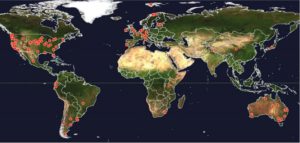 Environmental changes affect the biodiversity (variety of life forms) and productivity (conversion of sunlight energy and carbon into plant biomass) of ecological communities. The collaborative Nutrient Network (NutNet) was created 10 years ago with the goal of synthesizing studies of ecosystem environmental responses (mainly of grasslands) and tackling their shortcomings. This review by Borer et al. summarizes the results of this global experiment with over 100 study sites from all over the world, focusing on advances in productivity-diversity relationships, and interactive effects of multiple nutrients, nutrient supply and herbivory. NutNet data have shown that variation in environmental factors (climate, soil fertility, herbivory and light) explains most of the variation in plant diversity within and among grasslands, more than productivity alone. Further, variation in the balance of many nutrients, not only N and P, influences diversity. Specifically, there is a decline in species richness in fertilized or more productive plots, as well as an increase in dominance of exotic species and loss of natives. However, this latter effect can be overcome by the presence of vertebrate herbivores, as grazing increases diversity which favors native flowering plants. Fortunately for us, NutNet’s dataset keeps growing, and our capacity to understand ecosystem dynamics in response to climate change grows along with it. “A decade of NutNet research has demonstrated that a multi-continental, distributed, experimental approach, if designed well, can be a sustainable approach for generating high-quality, large-scale, long-term ecological datasets.” (Summary by Gaby Auge) Nature Ecol. Evol. 10.1038/s41559-017-0118
Environmental changes affect the biodiversity (variety of life forms) and productivity (conversion of sunlight energy and carbon into plant biomass) of ecological communities. The collaborative Nutrient Network (NutNet) was created 10 years ago with the goal of synthesizing studies of ecosystem environmental responses (mainly of grasslands) and tackling their shortcomings. This review by Borer et al. summarizes the results of this global experiment with over 100 study sites from all over the world, focusing on advances in productivity-diversity relationships, and interactive effects of multiple nutrients, nutrient supply and herbivory. NutNet data have shown that variation in environmental factors (climate, soil fertility, herbivory and light) explains most of the variation in plant diversity within and among grasslands, more than productivity alone. Further, variation in the balance of many nutrients, not only N and P, influences diversity. Specifically, there is a decline in species richness in fertilized or more productive plots, as well as an increase in dominance of exotic species and loss of natives. However, this latter effect can be overcome by the presence of vertebrate herbivores, as grazing increases diversity which favors native flowering plants. Fortunately for us, NutNet’s dataset keeps growing, and our capacity to understand ecosystem dynamics in response to climate change grows along with it. “A decade of NutNet research has demonstrated that a multi-continental, distributed, experimental approach, if designed well, can be a sustainable approach for generating high-quality, large-scale, long-term ecological datasets.” (Summary by Gaby Auge) Nature Ecol. Evol. 10.1038/s41559-017-0118


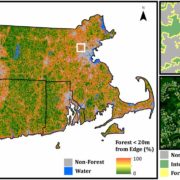

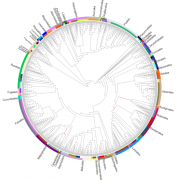
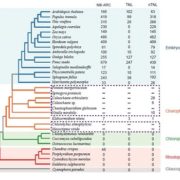
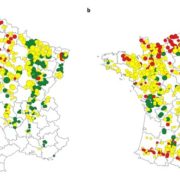

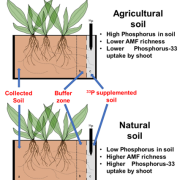
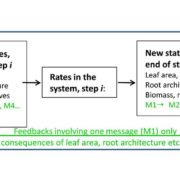


Leave a Reply
Want to join the discussion?Feel free to contribute!